Pushback: The growing crowd next door

Al Norman
| Published: 04-01-2025 2:46 PM |
On April 8, the Greenfield City Council’s Economic Development Committee and Planning Board will hold a hearing on zoning petitions filed by citizens to improve our regulations for accessory dwelling units (ADUs).
Greenfield zoning allows any investor to convert a single-family home into a two- or three-family home — “as of right” — no special permit needed. These dwellings don’t have to be called ADUs. An investor can add one detached ADU in their backyard or side yard “protected” from local zoning — no special permit required.
This parcel can mushroom from one family to four families. You as a neighbor won’t even know about it. These four dwelling units are reviewed by the building inspector — no Planning Board or Zoning Board involved. It’s an open door to an unprecedented outbreak of mini-subdivisions.
If this investor buys a single-family house from an elderly person, and if the three units created inside are each rented by two parents with two children, and the backyard ADU has up to seven people living in it — the number of inhabitants on this lot has soared from one person to 13. (The state dwelling unit code requires 150 square feet of habitable floor space for the first occupant, plus 100 square feet of floor space for each additional occupant — not counting kitchen or bathroom.)
I questioned state officials: “If a municipality chooses, can they limit a house lot to only one ADU, and are towns required to allow multiple ADUs on a single lot?” The answer was: “It is a local option whether to allow more than one ADU per lot.” The state official explained: ”ADUs are a protected use if they are on the same lot as a principal dwelling in a single-family residential district.”
But he added: “The principal dwelling does not necessarily need to be a single-family home.” The state definition of a “principal dwelling” is “a structure that contains at least one Dwelling Unit and is located on the same lot as a protected use ADU.” Homeowners can add one protected ADU outside their house as long as “no other ADU is located on said lot and which is protected.” Our Greenfield ordinance does not even define “principal dwelling.”
We need to simplify rules. One of the amendments coming up at the April 8 hearing says: “Once a single protected use has been permitted on a lot … no additional ADUs shall be permitted on a lot.” Without any limit on ADUs per lot, some parcels could look like those 1950s roadside motels built before there was zoning, with a string of cottages for rent.
One city councilor wrote constituents that the state projects Greenfield’s share of ADUs to be built “over a 5-year period would be 19 ADUs total.” One protected ADU per lot would allow us plenty of growth — considering the fact that Greenfield has 5,525 residential parcels. If just 2% of residential parcels added one ADU, we would have 110 new ADUs — almost six times more units than the state’s projection.
Article continues after...
Yesterday's Most Read Articles
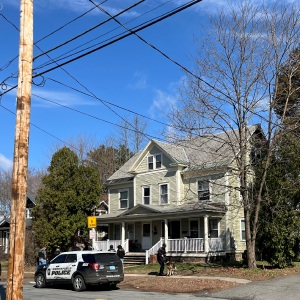 Two arrested on drug trafficking charges in Greenfield
Two arrested on drug trafficking charges in Greenfield
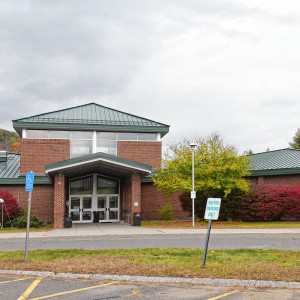 Berkshire DA says no crime occurred in student-officer relationship at Mohawk Trail
Berkshire DA says no crime occurred in student-officer relationship at Mohawk Trail
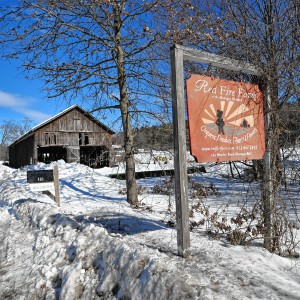 Four Red Fire Farm workers arrested as part of ICE operation in Springfield
Four Red Fire Farm workers arrested as part of ICE operation in Springfield
 Incandescent Brewing now open in Bernardston
Incandescent Brewing now open in Bernardston
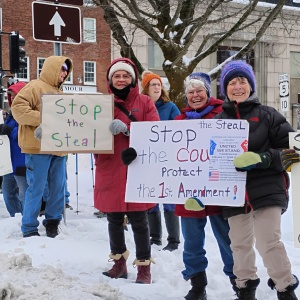 Local ‘Hands Off!’ standouts planned as part of national effort
Local ‘Hands Off!’ standouts planned as part of national effort
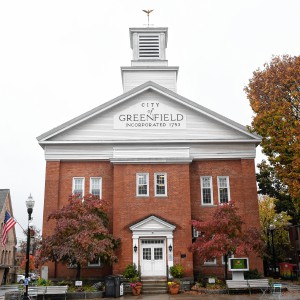 Proposed ordinance would make Greenfield a ‘sanctuary city’ for trans, gender-diverse people
Proposed ordinance would make Greenfield a ‘sanctuary city’ for trans, gender-diverse people
What will restrain ADUs growth is the high cost of construction — as much as $250,000. But four families on what was once a single-family lot is a significant incentive for house-flippers. Allowing one protected unit per lot will eliminate the need for any special permits or site plan reviews, which cuts costs for builders, and reduces workloads for city appeals boards, too.
The final state regulations on local ADUs has made it clear: Greenfield has the legal right to limit one ADU on one lot. One of the amendments coming up on April 8 allows a landowner to build one ADU per lot: “Once a single protected use has been permitted on a lot … no additional ADUs shall be permitted on a lot.” This local option is up to us, not the state.
Another citizen ordinance amendment seeks to guarantee that some of the ADU units built will be affordable for people with limited incomes through rental vouchers. Whether this is done by ordinance, or through an agreement with the Greenfield Housing Authority to make vouchers available, the state’s ADU mandate will not help limited income renters, unless it comes with some financial support.
The City Council will be voting soon on an amendment to raise the allowed height of buildings in the downtown Central Commercial and General Commercial districts. Our 17-acre, 53-property Main Street Historic District was designated in 1988, with “densely packed” two- to four-story buildings with “fine Victorian detailing.” This should be tabled until it’s vetted by our Historic Commission and Master Planners.
Al Norman’s Pushback column appears in The Recorder every first and third Wednesday of the month. His new book is “Ravings: American Wild Talk,” a work of historical fiction. The Kindle or paperback version can be found online at tinyurl.com/hxr8hwy8.






 My Turn: Energizing a school — and a community
My Turn: Energizing a school — and a community Guest columnist Liz Brown: Abortion care is health care
Guest columnist Liz Brown: Abortion care is health care Paul Gallo: National infrastructure upgrade program would ‘make America great’
Paul Gallo: National infrastructure upgrade program would ‘make America great’ Sam Michel: Promises made, promises kept
Sam Michel: Promises made, promises kept
